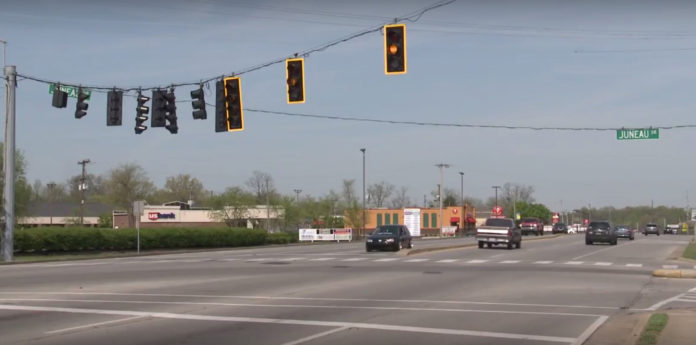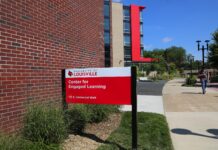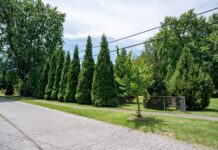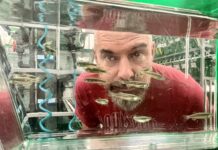
We’ve all been faced with the sometimes-impossible decision to stop or accelerate when approaching a yellow traffic light.
UofL engineering professor Richard Li calls it the “yellow dilemma zone.” He and a team of UofL students are doing research on how to reduce the amount of cars in the yellow dilemma zone by either having a longer yellow light or a longer green light.
“Through this study we can better understand how a driver reacts during the yellow time and through their reaction and behavior data, we can better model the dilemma zone locations,” Li said. “We hope we can provide better dilemma zone protection and make it safer.”
Li says the real dilemma zone is different for each driver, based on speed and distance from the light.
Learn more about his team’s research in the video below:

































